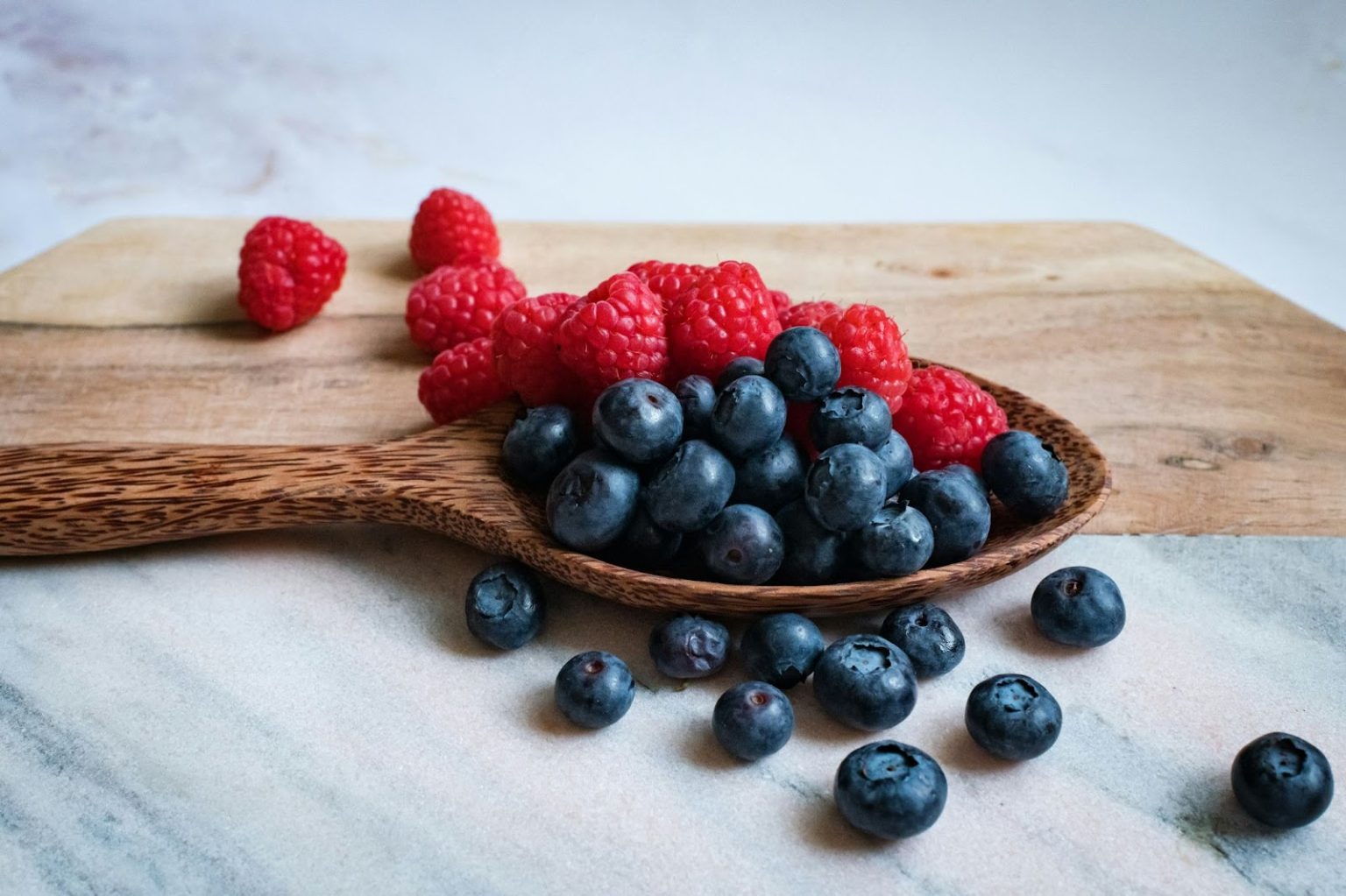Arthritis is a condition that can be physically and emotionally challenging, affecting an estimated 10 million people in the UK, including adults and children.
For those struggling with conditions such as osteoarthritis and rheumatoid arthritis, joint pain and stiffness can be some of the biggest symptoms that present themselves, leaving many looking for solutions to help alleviate the daily pains.
Working with British brand, HSL, who specialise in posture support furniture, occupational therapist Julie Jennings shares how those suffering from joint pain should consider looking at the foods they eat, explaining: “Certain ingredients have been shown to reduce inflammation, boost your immune system and strengthen bones.”
To understand more, HSL has also teamed up with Carolina Goncalves, superintendent pharmacist at Pharmica, to share the best foods with anti-inflammatory properties to add to your diet.
1. Oily fish
We’re always told that oily fish is good for us, particularly for brain health, but they also have anti-inflammatory properties which can help with arthritis pain.
Carolina explains: “Fatty fish contain omega-3 fatty acids, which are converted into anti-inflammatory compounds in the body. These compounds can help curb the production of inflammatory cytokines, which tend to break down cartilage and contribute to arthritis.”
Julie suggests: “To eat more omega-rich foods, turn to fish like salmon and mackerel. Both are great roasted and are lovely served with new potatoes paired with green vegetables like asparagus or tenderstem broccoli. Tuna, sardines and cod are also great varieties to add to your diet”
2. Flaxseed
For those who follow a vegetarian diet, there are other alternatives to fish which have similar benefits.
Carolina states: “Individuals looking for a plant-based option that offers a similar effect can consider flaxseeds, which are a rich source of alpha-linolenic acid (ALA, a type of plant-based omega-3 fatty acid)”
Julie comments: “For many, flaxseed may be an ingredient they’re not familiar with or used in their cooking before, but it is really easy to incorporate in your meals. Simply dust over your cereal or into porridge during breakfast, add as an extra component in baking mixtures, or even sprinkle it into a salad!”
3. Chicken skin
Chicken is a popular source of protein, but many underestimate the value of chicken skin for health.
Carolina shares: “Chicken skin contains type II collagen, which some studies have found may help reduce the symptoms of osteoarthritis by potentially aiding in the rebuilding of cartilage and helping to maintain cartilage elasticity.”
“Individuals who do not wish to consume the chicken skin itself could also render it down to cook with it or include it in a soup or broth, in which the collagen will dissolve once the chicken skin is cooked.”
4. Berries
It’s officially berry season! Not only do they taste delicious but they have great health benefits.
Carolina says: “The naturally occurring antioxidants in berries can help prevent arthritis by fighting free radicals in the body that could potentially damage cells and contribute to the inflammatory processes associated with arthritis.”
Julie recommends: “To add more berries to your diet, why not try making homemade smoothies? Not only are they tasty but super refreshing during the warmer summer months. Blueberries are known to have the most antioxidants, with raspberries and goji berries following close behind!”
5. Olive Oil
Olive oil is one of the most commonly used ingredients in kitchens due to its versatility when it comes to cooking, but not everyone is aware of the positive health effects.
Carolina explains: “Olive oil contains a compound called oleocanthal, which some studies suggest can have similar effects on the body as non-steroidal anti-inflammatory drugs (NSAIDs), like ibuprofen.
“It is thought that oleocanthal inhibits the activity of COX enzymes, reducing the production of pro-inflammatory substances and helping to prevent inflammation and associated pain in arthritis.”
Whilst adding these foods to your meals or upping their intake can help with arthritis symptoms, this should also be done in conjunction with other healthy habits, as diet is not a standalone solution.
According to Julie, you should also consider:
-
Exercise: “Exercise plays an important role in preventing stiffness in your joints and muscles. Because of this, it is important to try to keep moving your body, through low-impact activities such as gentle walks, swimming and cycling, to help relieve flare-ups, build up strength and increase blood flow.
-
Supportive furniture: “You should also make sure you invest in supportive furniture, such as armchairs and sofas, which are correctly sized to your personal measurements. A correctly fitting chair should also provide lumbar support in the right places to allow you to maintain a good sitting posture, which can help relieve pain.”
-
Heat therapy: “Some people will find that joint pain can be alleviated when applying heat. Before bed, I recommend soaking in a warm bath or taking a hot shower to help with aches overnight. You can also apply heat from hot water bottles to your joints, but be mindful of using these in bed – if you forget about it and fall asleep they could result in injury.”
For more information about HSL and their range of wellbeing focused chairs, visit: https://www.hslchairs.com/chairs



